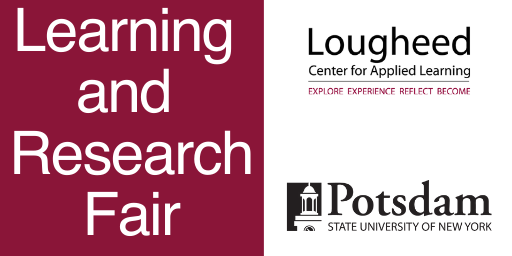Animals instinctively travel and migrate throughout their habitats, which improves ecosystem health by promoting genetic variation and increasing biodiversity. However, these natural movement patterns are disrupted by modern infrastructure, such as roads and highways, which fragment habitats. Fast-moving vehicles contribute to the decline of wildlife biodiversity and ecosystem health. In turn, animals crossing roads also significantly threatens the safety of drivers. The Algonquin to Adirondack (A2A) Collaborative works to protect the corridor of wildlife movement between Algonquin Park in Canada and Adirondack Park in the United States. To contribute to this effort, team members from Clarkson University’s CEM Consulting Group collaborated with SUNY Potsdam to conduct a road ecology study in the 1000 Islands region of northern New York, where the A2A corridor is at its narrowest. Routes 12 and 37 were surveyed for roadkill by bicycle once a week along both sides of a twelve-mile stretch, recording the location and taxa of each specimen. The objective of this study is to identify wildlife mortality hotspots to inform future mitigation strategies, such as critter shelves, that reduce the impact of roadways on wildlife connectivity and promote a healthier, more biodiverse environment.
Sciences
Identifying Roadkill Hotspots to Improve Wildlife Connectivity (2025)
Student(s): Emily Yousey
Project Mentor(s): Katherine Cleary
Poster: 2025 Roadkill




